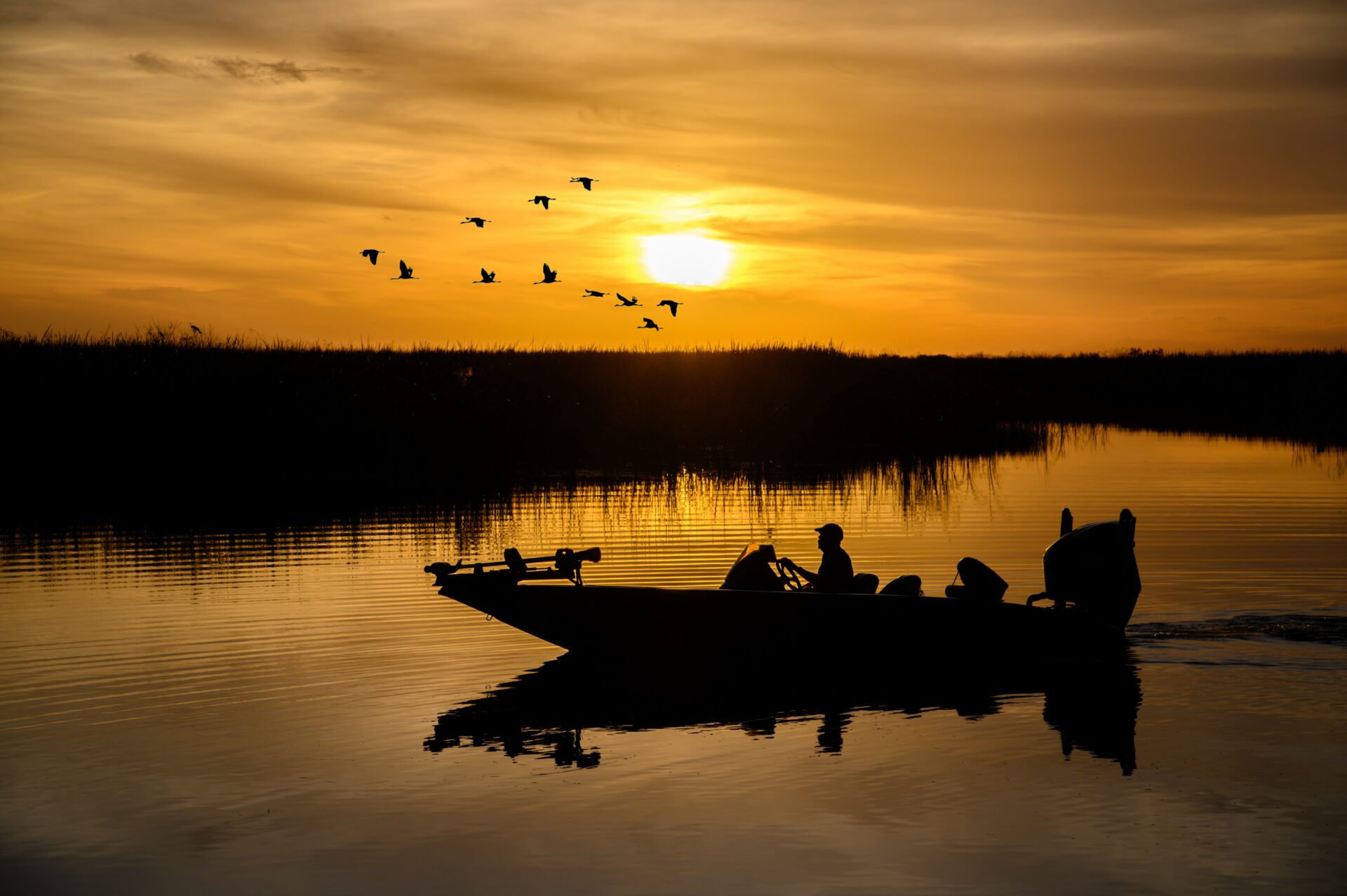Forty years ago, a tournament goodie bag held a pack of Zoom centipedes. They didn’t interest me. No legs, no tail, no nothing. Just a French fry-shaped plastic slab. Not catching my interest, how could it interest a fish? They sat in the bottom of the Skeeter for years.
Preparing for another tournament, fish were biting Carolina rigged lizards. Lots of them. Not wanting to burn up the supply, the bag of centipedes volunteered to be a place keeper. Surprisingly, these do-nothing baits produced bigger fish. Excitement and anticipation followed and a trip to the local tackle shop came up empty. There was no internet, no Amazon, and no way there would be centipedes for the tournament.
Seeing a frowning face, my wife suggested making some. Never having poured soft plastics or even knowing anything about it, I was at the mercy of my spouse.
Taking the remaining centipede, she poured plaster of Paris over the bait. The next day, we had a single cavity mold. Using old soft plastics and microwave, a centipede was born. We learned plastic shrinks when cooled.
Putting the baits back in the mold, more plastic was poured. Since coloring wasn’t an exact science, this homemade version was a laminate.
A few days later the two-tone bait performed like magic. I loved it and so did the fish. So intrigued with this bait, it became my primary lure, not only for Carolina rigs, but for split shot and drop shot rigs. It was so effective that my guide clients wanted to take a few home to try in their home waters. But the single cavity mold couldn’t keep up with my demand…and the plaster of Paris mold was crumbling.
I found a Lure Craft catalog with five-cavity, silicon molds, soft plastic liquid, dyes and glitter. A short pour of green pumpkin with black flake topped with watermelon with red and sometimes orange flake was my fav. This bait has given me 25 years of service with happy guide clients.
Hand-poured baits are back as finesse fishing has expanded. Regional garage businesses and anglers know what colors work on their bodies of water. Flat side stigma is no longer an issue, as laminating color trumps injected round baits.
Details and appendages were limited with open cavity molds. Intricately detailed and durable aluminum injection molds became readily available to recreate any soft plastic lure. Patent security and exclusivity were not protected as they were cost prohibitive to defend.
This hobby has been adopted by anglers across the country. It doesn’t take a huge investment to get started. In business for over 48 years, LureCraft has silicon molds of just about every soft plastic ever made and ones never seen before to create fishing catching supplies to fill tackleboxes. If there’s a bait they don’t have, they supply the silicon to easily create a unique recreation of your lucky old favorites. If you have the imagination and creativity, pouring soft plastic lures can be enjoyable and they catch fish!
Author Capt. Steve Chaconas is Potomac bass fishing guide & freelance writer. Potomac River reports: www.nationalbass.com. YouTube video channel NationalBassGuide.



